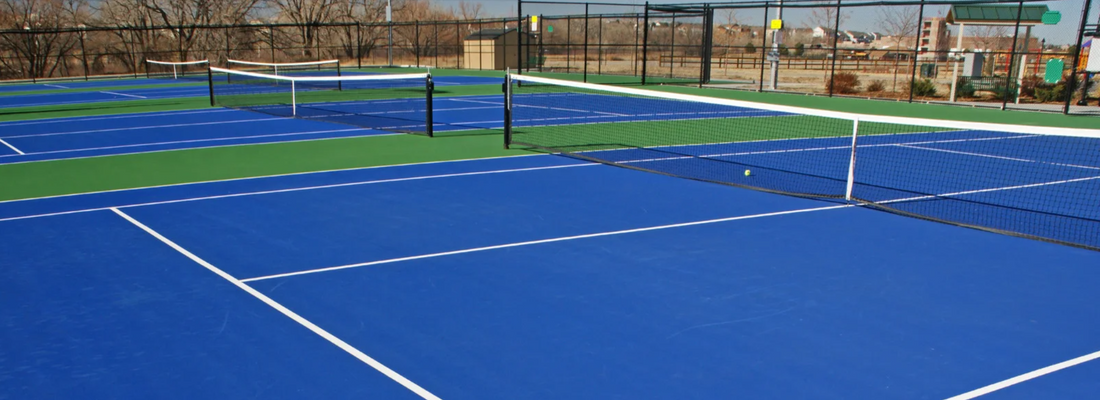
Beyond the Court: How Municipal Grants Are Fueling Pickleball Infrastructure Nationwide
Share
Pickleball is no longer a fringe activity played on borrowed tennis courts. It has become a nationwide phenomenon, drawing players of all ages and abilities. But behind the rapid expansion lies a crucial engine of growth: municipal grants. Cities and towns are increasingly turning to public funding to create courts, programs, and facilities that match demand. These investments are reshaping neighborhoods, revitalizing parks, and cementing pickleball as a staple of community life.
The Role of Municipal Grants in Pickleball’s Growth
Municipal grants are public funds allocated to projects that improve community wellness, recreation, and infrastructure. As pickleball’s popularity skyrockets, many cities see the sport as an opportunity to engage residents, promote active lifestyles, and strengthen social bonds. Grants often cover:
- Court Construction and Resurfacing: Turning underused tennis or basketball courts into vibrant pickleball hubs.
- Lighting and Accessibility: Adding features that allow for safe, inclusive play across all hours.
- Programming: Supporting leagues, clinics, and school partnerships that broaden access.
- Tournaments and Events: Funding community or regional competitions that attract players and visitors.
These initiatives demonstrate how pickleball serves not just as recreation but as a catalyst for civic engagement.
Community Impact of Grant-Funded Projects
The benefits of municipal investment ripple well beyond the boundaries of a single court.
- Public Health Outcomes: With physical inactivity linked to chronic disease, pickleball offers a fun and accessible way to improve community fitness.
- Intergenerational Appeal: Courts funded by grants often become gathering spaces where grandparents, parents, and children play side by side.
- Revitalization of Public Spaces: Abandoned or underused facilities are repurposed into lively social hubs.
- Economic Activity: Local businesses benefit from increased foot traffic, while events draw visitors who spend money in surrounding areas.
Communities that once viewed pickleball as a niche activity now recognize it as a driver of wellness and economic vitality.
Examples of Grant-Funded Success
Across the country, municipalities are seeing results from targeted investments:
- Small Town Transformations: Communities with limited recreation budgets stretch grant dollars by converting existing courts, making pickleball accessible even in rural regions.
- Urban Park Revivals: Larger cities use grants to add pickleball to central parks, reenergizing spaces once overlooked by residents.
- Youth Engagement: School districts partner with parks departments to integrate pickleball into physical education, often funded by grants that prioritize youth activity.
These case studies reveal how adaptable grant funding can be in meeting both local needs and broader national health priorities.
The Challenges of Relying on Grants
While municipal grants fuel rapid expansion, they are not without hurdles.
- Competition for Funds: Pickleball often competes with other community projects for limited grant dollars.
- Sustainability Concerns: Funding construction is one step, but maintaining courts requires ongoing investment.
- Equity in Distribution: Ensuring that underserved neighborhoods also benefit from pickleball infrastructure remains a challenge.
Communities must balance enthusiasm for the sport with careful planning to ensure facilities remain accessible and well-maintained long into the future.
Looking Ahead
As pickleball continues its rise, municipalities will likely expand their use of grants to support larger-scale projects. Dedicated pickleball complexes, integrated recreational centers, and even international-caliber tournament venues are already appearing on grant proposals. The sport’s unique combination of accessibility, social connection, and low barrier to entry makes it an appealing target for continued investment.
Conclusion
Municipal grants are quietly powering pickleball’s transformation from pastime to cultural institution. By funding courts, programming, and events, cities are investing not only in a sport but in community health, vitality, and togetherness. The result is a landscape where pickleball is more than a game—it is a symbol of how public resources can be harnessed to create spaces that unite people across generations and backgrounds.












